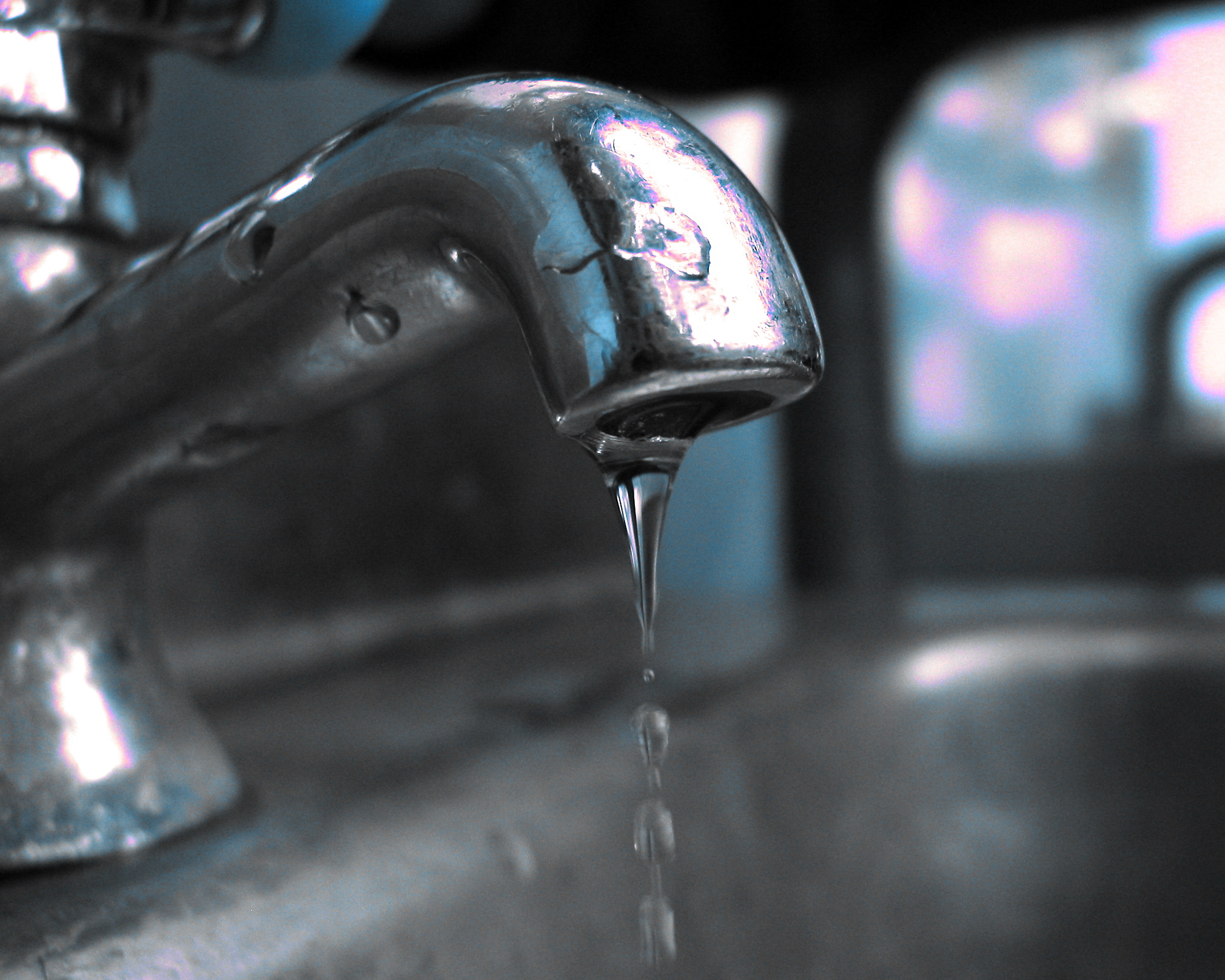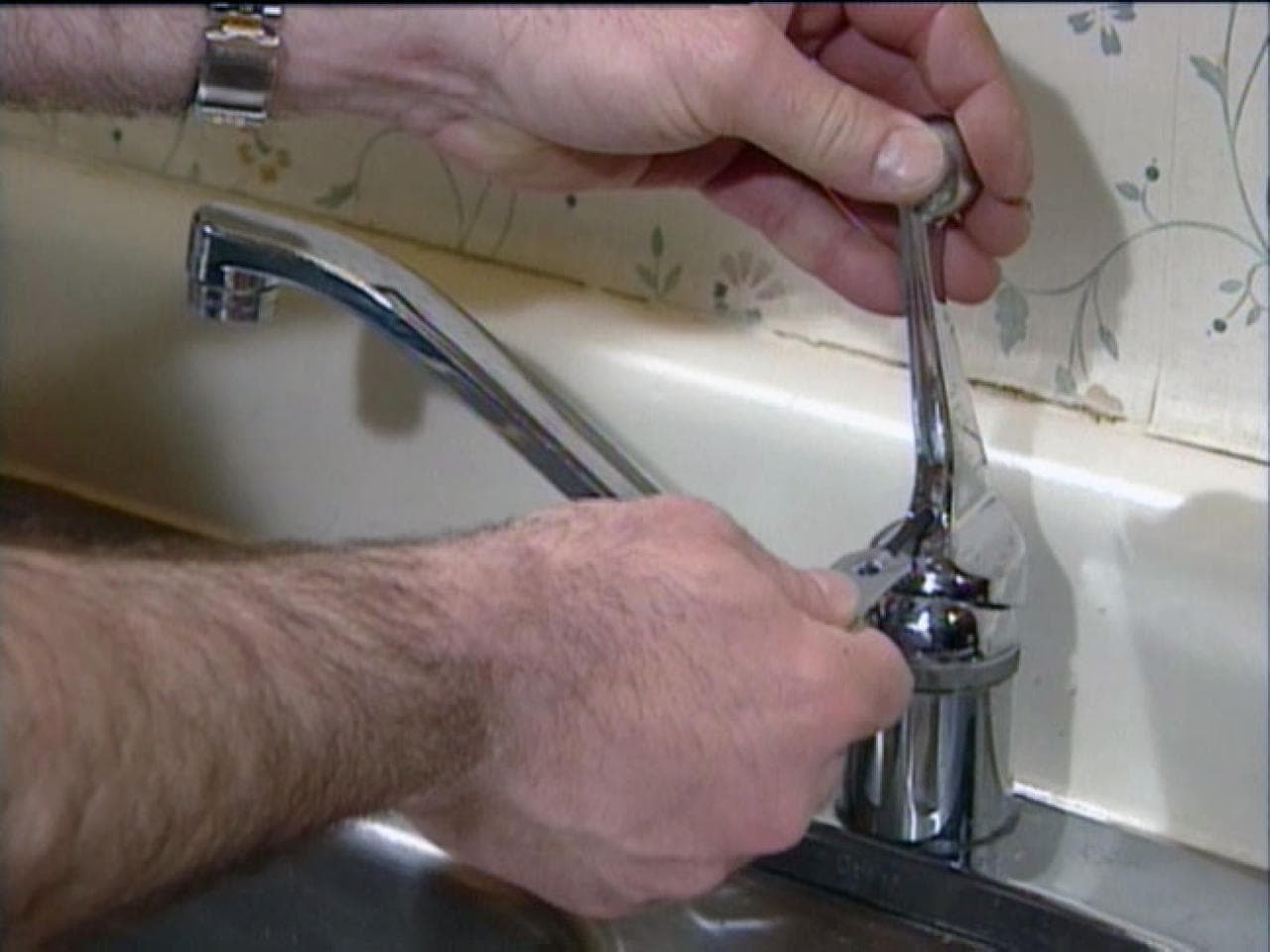Our Value of Addressing a Broken Faucet
Our Value of Addressing a Broken Faucet
Blog Article
Nearly everybody may have their private piece of advice when it comes to 4 Common Reasons for a Leaky Faucet.

Trickling faucets could appear like a small hassle, however their impact goes beyond simply the annoyance of the sound. From wasting water to sustaining unnecessary financial costs and wellness threats, disregarding a leaking tap can result in different consequences. In this post, we'll look into why it's essential to address this usual home problem promptly and efficiently.
Wastefulness of Water
Ecological Impact
Dripping taps add considerably to water wastefulness. According to the Environmental Protection Agency (EPA), a single tap dripping at one drip per second can throw away greater than 3,000 gallons of water each year. This not only pressures water sources but also affects communities and wild animals dependent on them.
Financial Prices
Raised Water Costs
Past the ecological influence, dripping taps can inflate water expenses substantially. The accumulated waste with time translates into greater energy expenditures, which could have been prevented with timely repair work.
Possible Residential Or Commercial Property Damage
Additionally, prolonged trickling can result in harm to components and surface areas bordering the faucet. Water buildup can create staining, rust, and even architectural problems if left neglected, leading to extra fixing costs.
Wellness Worries
Mold and Mildew Growth
The continuous presence of wetness from a leaking tap produces an ideal environment for mold and mold development. These fungi not only compromise indoor air quality however likewise posture wellness threats, particularly for individuals with respiratory system conditions or allergies.
Waterborne Diseases
Stationary water in leaking taps can end up being a breeding ground for microorganisms and other virus, enhancing the risk of waterborne conditions. Contaminants such as Legionella germs prosper in stationary water, potentially bring about significant ailments when ingested or breathed in.
DIY vs. Expert Repair work
Benefits and drawbacks of Do It Yourself Fixing
While some might attempt to repair a dripping faucet themselves, do it yourself fixings feature their very own collection of difficulties. Without correct knowledge and tools, DIY efforts can intensify the concern or cause incomplete fixings, prolonging the problem.
Advantages of Employing a Specialist Plumber
Hiring a professional plumber guarantees that the underlying root cause of the leaking tap is resolved properly. Plumbers have the know-how and devices to diagnose and repair tap issues successfully, conserving time and decreasing the threat of additional damages.
Step-by-Step Overview to Repairing a Dripping Tap
Devices Required
Prior to trying to fix a leaking faucet, collect the necessary devices, consisting of a flexible wrench, screwdrivers, substitute components (such as washing machines or cartridges), and plumber's tape.
Usual Tap Issues and Their Solutions
Determine the kind of tap and the details concern causing the drip. Common troubles include worn-out washers, corroded valve seats, or faulty O-rings. Refer to supplier guidelines or online tutorials for step-by-step guidance on repair work.
Safety nets
Normal Maintenance Tips
To stop trickling faucets, carry out routine maintenance such as cleaning aerators, inspecting for leakages, and replacing damaged components quickly. In addition, consider setting up water-saving gadgets or updating to more effective fixtures.
Value of Prompt Repairs
Addressing trickling taps as quickly as they're observed prevents further water waste and prospective damages, ultimately conserving both water and money in the long run.
Influence On Home Value
Perception of Well-Maintained Residential Property
Maintaining a residential property in good condition, including resolving upkeep problems like leaking taps, enhances its viewed value and worth among potential customers or lessees.
Influence on Resale Value
Features with well-kept plumbing components, including taps, command higher resale values in the property market. Attending to trickling taps can add to a favorable impression throughout property examinations and arrangements.
Ecological Duty
Private Contribution to Preservation
Taking responsibility for dealing with dripping faucets lines up with more comprehensive initiatives towards water conservation and environmental sustainability. Every person's actions collectively make a substantial effect on preserving precious sources.
Lasting Living Practices
By focusing on timely repair services and embracing water-saving routines, individuals contribute to sustainable living techniques that profit both existing and future generations.
Conclusion
Resolving a dripping tap goes beyond simple ease; it's an important step toward preserving water, lowering monetary expenses, and guarding health and wellness and home. Whether through DIY repair services or specialist aid, acting to deal with dripping taps is a tiny yet impactful means to advertise accountable stewardship of resources and add to a healthier, more sustainable future.
Why Are My Faucets Dripping (And Can I Fix it Myself)?
Causes of a Dripping or Leaking Faucet
Whether you’re hearing drops of water falling and hitting a sink, or noticing water ooze out from the base of the spout, you shouldn’t ignore a dripping or leaking faucet. And, the good news is, sometimes you can fix the problem yourself.
In this article, we’ll review a few common causes of dripping and leaky. We’ll also walk you through some basic ways to find the problem and handle it without calling anyone — and let you know when to call in a pro.
But, no matter what the cause, or whether you can handle it on your own, the sooner you address it, the better.
Each drip may be a tiny amount of water. But, they all add up quickly. According to the U.S. Geological Survey, one faucet losing one drop every 20 seconds — five a minute — wastes around a liter of water every day, and 173 gallons a year.
Add in more than one in your house, and it’s a lot of water to waste. So, we’ll help you get to the bottom of things quickly.
Four Reasons Your Faucet May Be Dripping
Aerator is Damaged or Unseated Valve Seat is Corroded O Ring is Loose or Worn Out Part of the Assembly is Loose Aerator is Damaged or Unseated
If you unscrew the end of your faucet, you’ll find the aerator. It’s the little stem piece with a screen on it that shuts off the water circulation.
If it’s damaged, or if it’s not sitting right, it will allow water to pass through.
Valve Seat is Corroded
Next is the valve seat, which is connected to the washer. If the washer wasn’t in place correctly, then it could have ground against the seat. Over time, this damages the valve seat.
The problem could also be corrosion: Over time, the part has worn out, and it’s now allowing water to pass through.
O Ring is Loose or Worn Out
Since the o ring is only a small rubber gasket, it’s a common reason why the faucet is dripping. You’ll find it at the base of the faucet, and it’s there to keep water from coming out where it’s not supposed to.
However, it’s common for the o ring to wear out over time. When it does, you’ll notice a drip.
Part of the Assembly is Loose
So far, we’ve looked at a few small, specific parts. But, the problem could be anywhere in the assembly if something’s out of place.
Even if a part isn’t damaged, over time, it may have become loose or dislodged. It could be the parts we mentioned, or the aerator at the tip of the faucet, the stem itself,
Can I Fix a Leaky Faucet Myself?
Depending on the problem, and how handy you are, there’s a chance you can fix a leaky faucet without calling a professional. But, you do run the risk of making the problem worse.
If it’s a small drip, you can certainly try a few troubleshooting tactics. We’ll walk you through them in a moment.
But, no matter what, your first step should be shutting off the water coming into the faucet. You should find a shutoff valve under the sink on the pipes leading to it. Turn each one clockwise until they close tightly.
Next, make sure you have the right tools for whatever you’re attempting. It’s tempting to make do with what you have. But, you need the right ones for a reason: You’re often dealing with small parts that can break if you handle them carelessly.
If you’re feeling confident, here are some places to start.
Items Near the Tip of the Faucet
A few of the parts we mentioned — particularly the valve seat and washer — are located at the tip of the faucet where the water comes out. They’re easy to access, making it a good place to start.
Check the O Ring
To check the o ring, you’ll need to take off the spout at the base. It’s easiest on kitchen sinks with long spouts, versus the smaller, bulkier base on most bathroom sinks.
Either way, this can be tricky, so do it carefully and don’t force anything. If it’s not coming right off, you’re much better off calling in a pro than possibly breaking something.
For a kitchen sink, there’s usually a nut or coupling assembly at the base of the spout. These often slide off easily without using any tools.
Once you’ve disassembled those parts, gently but forcefully twist off the spout.
Then, you can see the o rings. There should be two of the rubber gaskets on the base. If they look worn or damaged, replace them, and see if that solves the problem.

I'm very fascinated with What Causes Leaky Faucets & How To Fix Them and I am praying you appreciated the new page. Sharing is nice. Helping people is fun. Kudos for your time. Kindly pay a visit to our website back soon.
Report this page